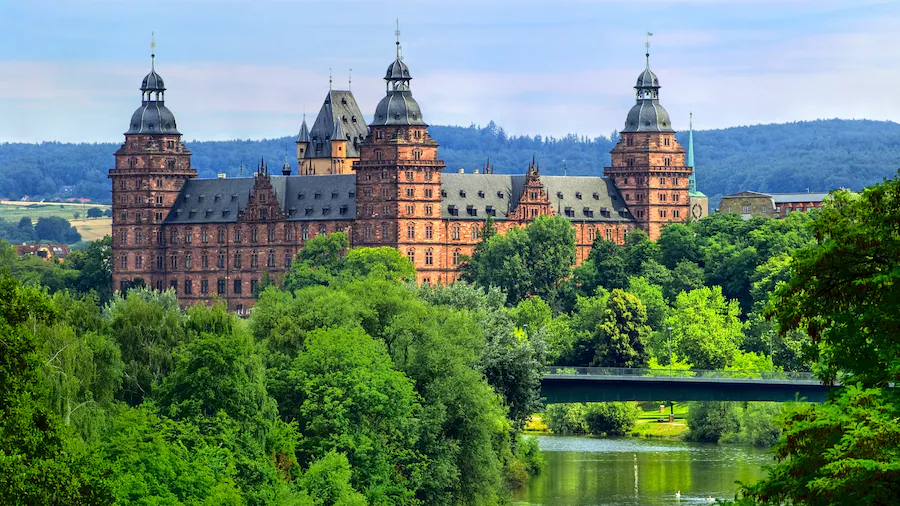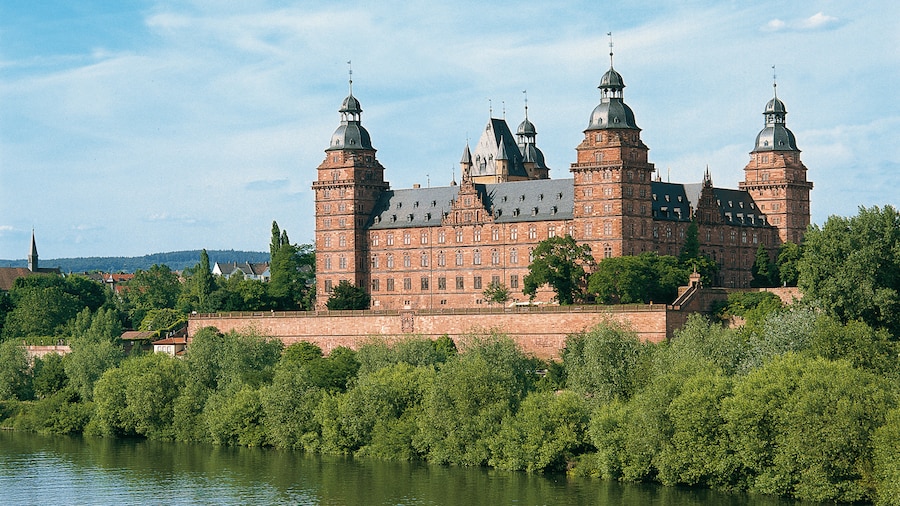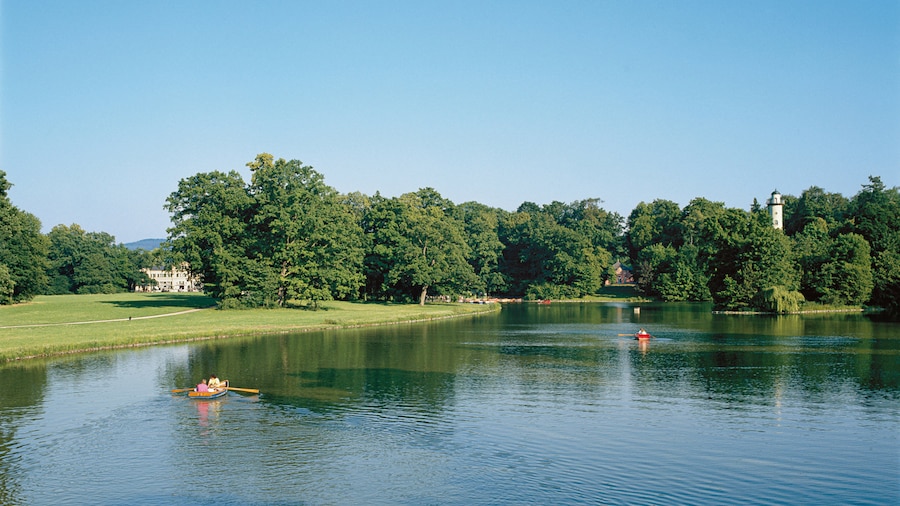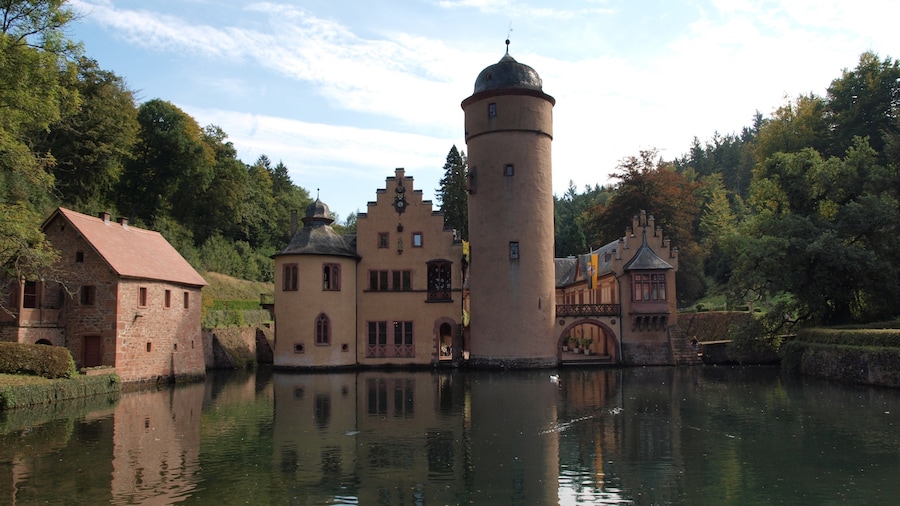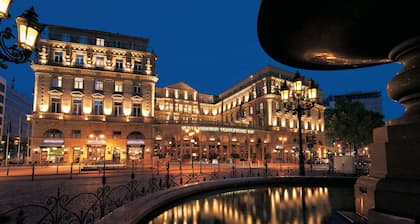An enormous Roman villa might seem more at home on the Tiber than the Main, but the Pompejanum is a symbol of centuries of German love for the ancient world. It was built in the 1840s on the orders of King Ludwig I, who was inspired, like many, by the excavations at Pompeii. He sought to bring a bit of Roman heritage to Bavaria. Careful reproductions of mosaics, architectural forms and more were imported to this new structure, which Ludwig could admire from the windows of the nearby Schloss Johannisburg. Today, visit the Pompejanum to appreciate the building and the collections inside as well as the intellectual fervor that transported these early antiquarians.
Linger outside to admire the bright exterior, set amid carefully planned gardens. Inside notice a painting of Castor and Pollux, for which the original Pompeiian villa was named. Walk slowly through each room to appreciate both the construction as well as artifacts from the ancient art museum in Munich. Study the extensive coin collections as well.
Watch the water in the Atrium’s basin shimmer softly and smell the aromas wafting from the plants in the Viridarium. Admire the artistry behind the small bronze statues and two marble thrones of the gods.
Outside, stroll through the Mediterranean-style garden, which can easily make the Bavarian character of Aschaffenburg feel a million miles away.
The Pompejanum is quite close to the center of Aschaffenburg, a 10-minute walk from the town’s central train station. Walk from the Schloss Johannisburg in about 15 minutes. Drive from Frankfurt’s Central Station in 35 minutes or take the suburban train in 50 minutes. Frankfurt Airport is an hour away by train or 30 minutes by car. Parking is available in nearby metered structures.
The museum is open in spring, summer and early fall, from Tuesday to Sunday. Hours vary by season, but it is generally open during regular business hours. There is a fee to enter the museum however, the grounds are open to the public for free. Note that photography is prohibited inside the museum


